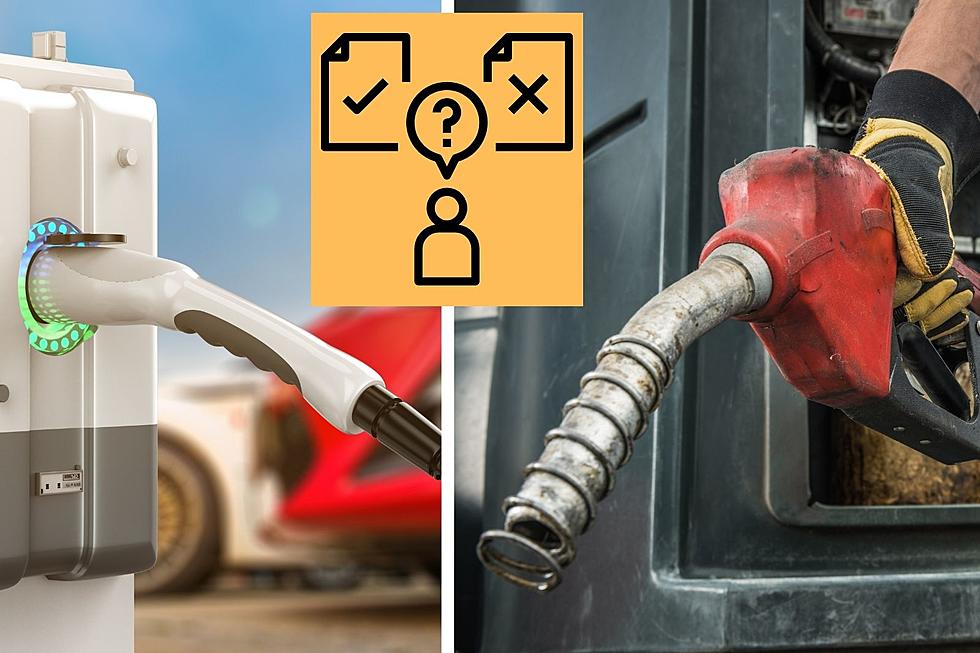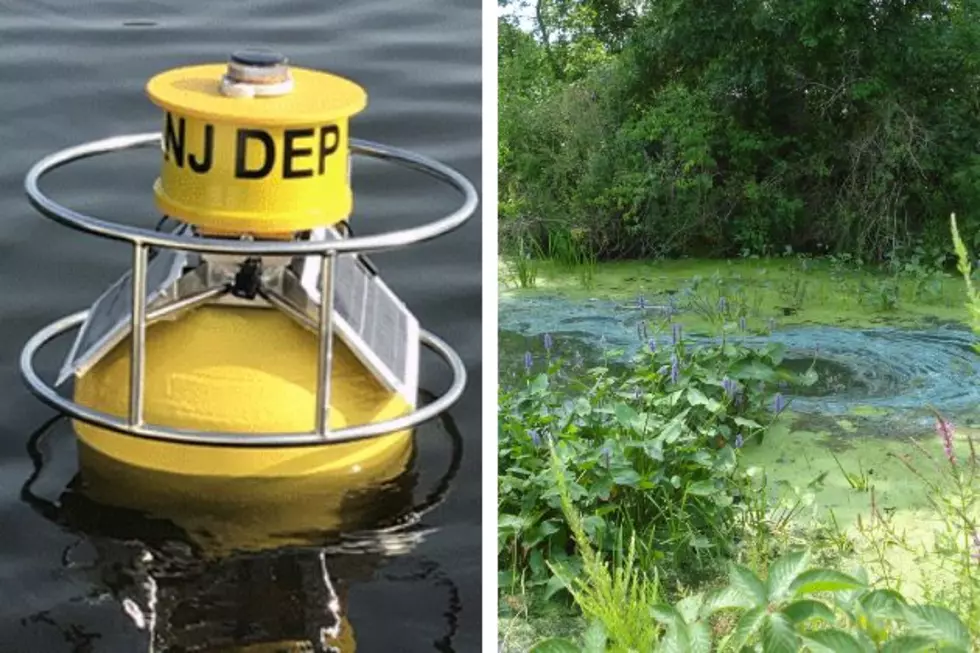Slow down: It’s turtle nesting season in New Jersey
The State Department of Environmental Protection is warning drivers to be on the lookout for turtles crossing the roads this summer.
This is nesting season — when adult female turtles move from their aquatic habitats in search for ideal places to lay their eggs. The DEP says turtles will often travel long distances and cross roadways to find just the right spot, putting them at risk from vehicles.
DEP spokeswoman Caryn Shinske said if a motorist sees a turtle in the road, try to avoid hitting the creature, but do not swerve suddenly, leave the lane of travel or stop abruptly.
She said if a person must handle a turtle in the middle of the road, most turtles can be picked up by the side of their shells near the mid-point of the body. Do not pick up a turtle by its tail, Shinske said, as that may frighten or even injure the reptile. Wear gloves if possible, and always wash hands after handling a turtle.
Shinske stressed it's very important to move the turtle in the direction that it's heading. It may seem helpful to assist the turtle by moving it to a nearby water body, but the turtle may not be heading that way. A turtle will turn around if it is put in the wrong direction.
Only experienced handlers should ever attempt to lift a snapping turtle. Shinske said if you see a snapping turtle in the road, the best thing to do is to use branches to gently prod it along from behind.
All native turtles are protected in New Jersey, so Shinske said never ever take a turtle into your personal possession.
Do not disturb a nesting turtle, and keep children and pets away from it. Most turtle eggs will hatch in 60 to 80 days, Shinske said. A small cage can be placed around the nest to offer some additional protection for the first 30 to 45 days, but the cage must be removed before the hatchlings emerge.
The DEP does not relocate turtles found in yards or turtle nests.
Turtles on the move this time of year include the Eastern box, Eastern painter, wood and snapping turtles. But Shinske said the coastal species of turtles especially at risk this time of year is the diamondback terrapin — the only salt marsh turtle in New Jersey.
"Summer traffic brings more traffic to shore areas, where the diamondback terrapin lives, and that could increase the possibility of vehicles potentially hitting or striking turtles," said Shinske.
She said the diamondback terrapin is unique. It's the only turtle that lives in New Jersey's coastal estuary year round. Diamondbacks are found exclusively in brackish waters. Adult females come out of their aquatic habitats this time of year, looking for areas to lay their eggs. Shinske said they are looking for areas of sand and gravel above the high tide line.
Terrapin nests are often found along roadsides which is why there is an increased risk of the danger of vehicles potentially hitting these turtle species and others, Shinske said.
More from New Jersey 101.5:
More From New Jersey 101.5 FM









